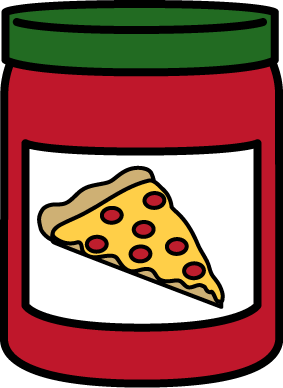Marketing is a journey with distinct stages that build towards success. 🌟 Start with research to understand your audience. Move to Marketing Strategy, where you define your goals and craft your plan. Execution is where the ideas come to life through campaigns and content. Analyze the results to refine your approach and optimize for better outcomes. Finally, Iterate based on insights to continuously improve and stay ahead.

Stage 1 (Pizza Dough – Market Research)

The foundation of any great pizza, just like market research is the base of a successful marketing strategy. It involves gathering and analyzing data about your market, competitors, and customers to make informed decisions.
Stage 2 (Signature Sauce – Target Audience Identification)

The sauce gives the pizza its unique flavor, similar to identifying your target audience. This stage focuses on understanding who our ideal customers are, their preferences, needs, and behaviors, so you can tailor your marketing efforts effectively.
Stage 3 (Fresh Toppings – Branding and Positioning)

Toppings add variety and appeal to a pizza, much like branding and positioning do for your business. This involves creating a strong brand identity and positioning your brand uniquely in the market to stand out from competitors.
Stage 4 (Gooey Cheese – Content Strategy)

The cheese binds everything together, just as a solid content strategy does for your marketing plan. This stage involves planning, creating, and distributing valuable content to attract and engage your target audience.
Stage 5 (Perfect Bake – Analytics and Optimization)

Baking ensures the pizza is cooked to perfection, akin to using analytics and optimization in marketing. This involves tracking performance metrics, analyzing data, and making necessary
adjustments to improve your marketing efforts continually.
Frequently Asked Questions
FAQ 1: What are the essential ingredients for a successful marketing strategy?
Answer: Just like a pizza needs a good base, sauce, cheese, and toppings, a successful marketing strategy requires:
- Foundation (Base): A clear understanding of your target audience and market research.
- Core Message (Sauce): A compelling value proposition that differentiates you from competitors.
- Channels (Cheese): Effective communication channels like social media, email marketing, and SEO.
- Tactics (Toppings): Creative campaigns, content marketing, promotions, and events.
FAQ 2: How do I identify my target audience?
Answer: To identify your target audience:
- Research: Conduct market research to gather data on demographics, psychographics, and buying behavior.
- Analyze: Look at your current customer base to identify common characteristics and patterns.
- Segmentation: Segment your audience based on factors such as age, gender, location, interests, and pain points.
- Feedback: Use surveys, feedback forms, and social media insights to refine your understanding.
FAQ 3: What role does content play in a marketing strategy?
Answer: Content is like the toppings on a pizza – it enhances the overall flavor and appeal:
- Engagement: High-quality content engages and attracts your audience.
- Authority: Valuable content positions your brand as an industry authority.
- SEO: Optimized content improves your search engine rankings.
- Conversion: Persuasive content drives conversions and sales.
FAQ 4: How can I measure the effectiveness of my marketing strategy?
Answer: Measuring effectiveness involves:
- KPIs: Define Key Performance Indicators (KPIs) such as website traffic, conversion rates, and social media engagement.
- Analytics Tools: Use tools like Google Analytics, social media analytics, and email marketing metrics to track performance.
- Feedback: Gather feedback from customers to understand their experience and satisfaction.
- Adjustments: Regularly review and adjust your strategy based on data and insights.
FAQ 5: What are common pitfalls to avoid in a marketing strategy?
Answer: Common pitfalls include:
- Lack of Research: Skipping market research can lead to targeting the wrong audience.
- Inconsistent Branding: Inconsistent messaging can confuse potential customers.
- Ignoring Data: Failing to track and analyze data can prevent you from making informed decisions.
- Overlooking Competitors: Ignoring competitors’ strategies can result in missed opportunities.
Conclusion
Building a comprehensive marketing strategy is like crafting the perfect pizza. It requires a solid foundation, a unique core message, effective channels, and creative tactics. By understanding your target audience, leveraging high-quality content, and continuously measuring your efforts, you can create a marketing strategy that stands out and drives results. Just like with pizza, the key is to balance all ingredients harmoniously to satisfy and delight your audience.










